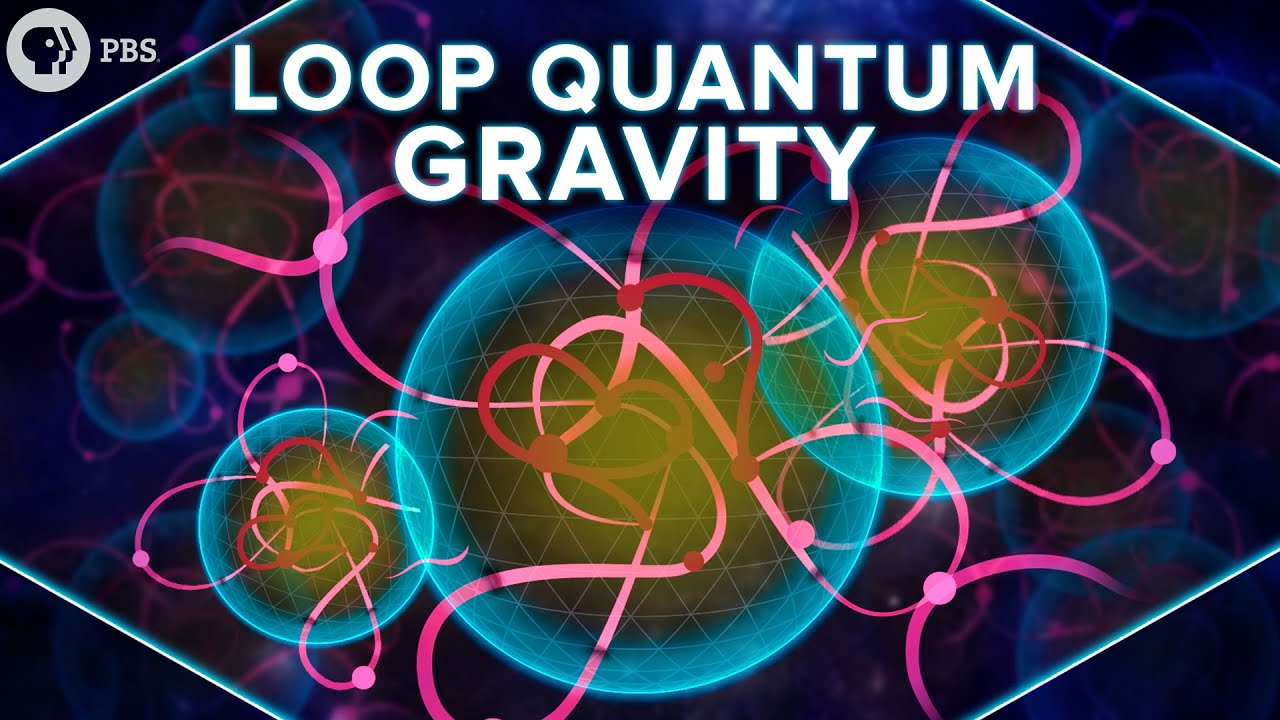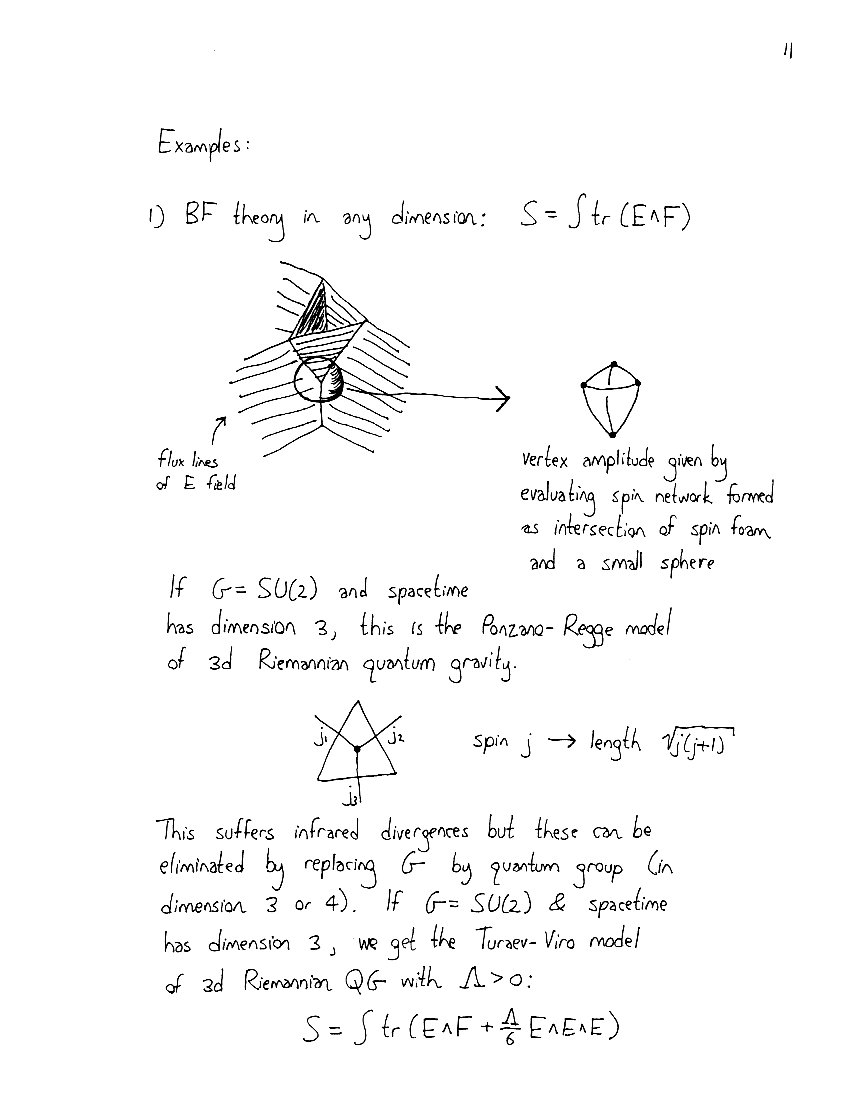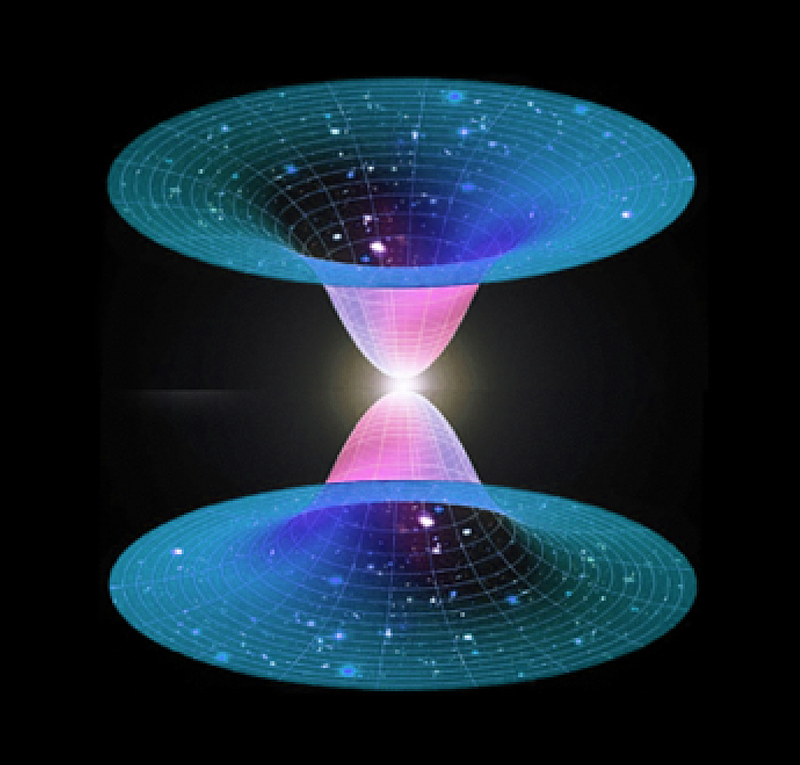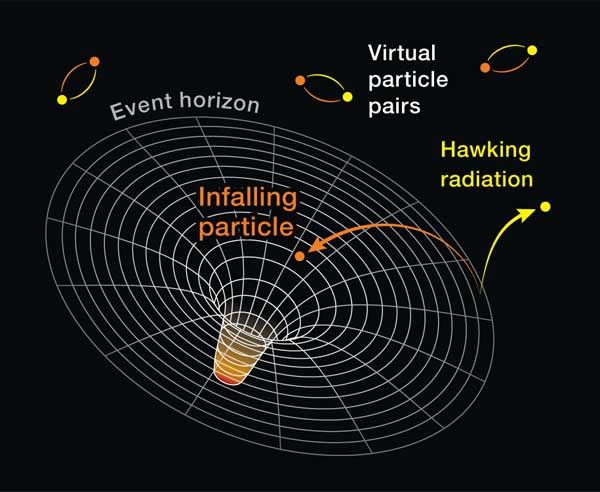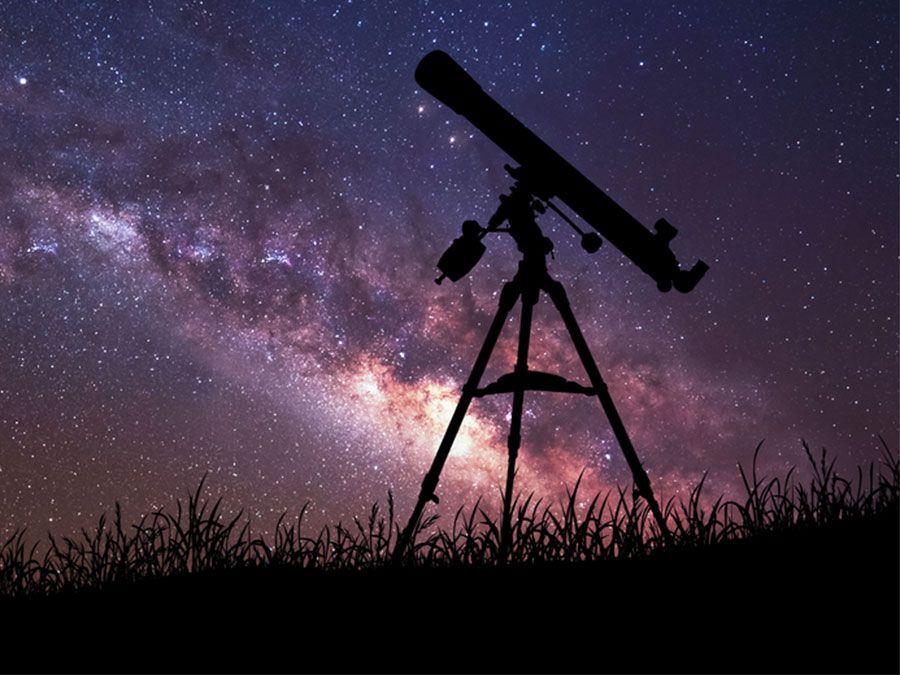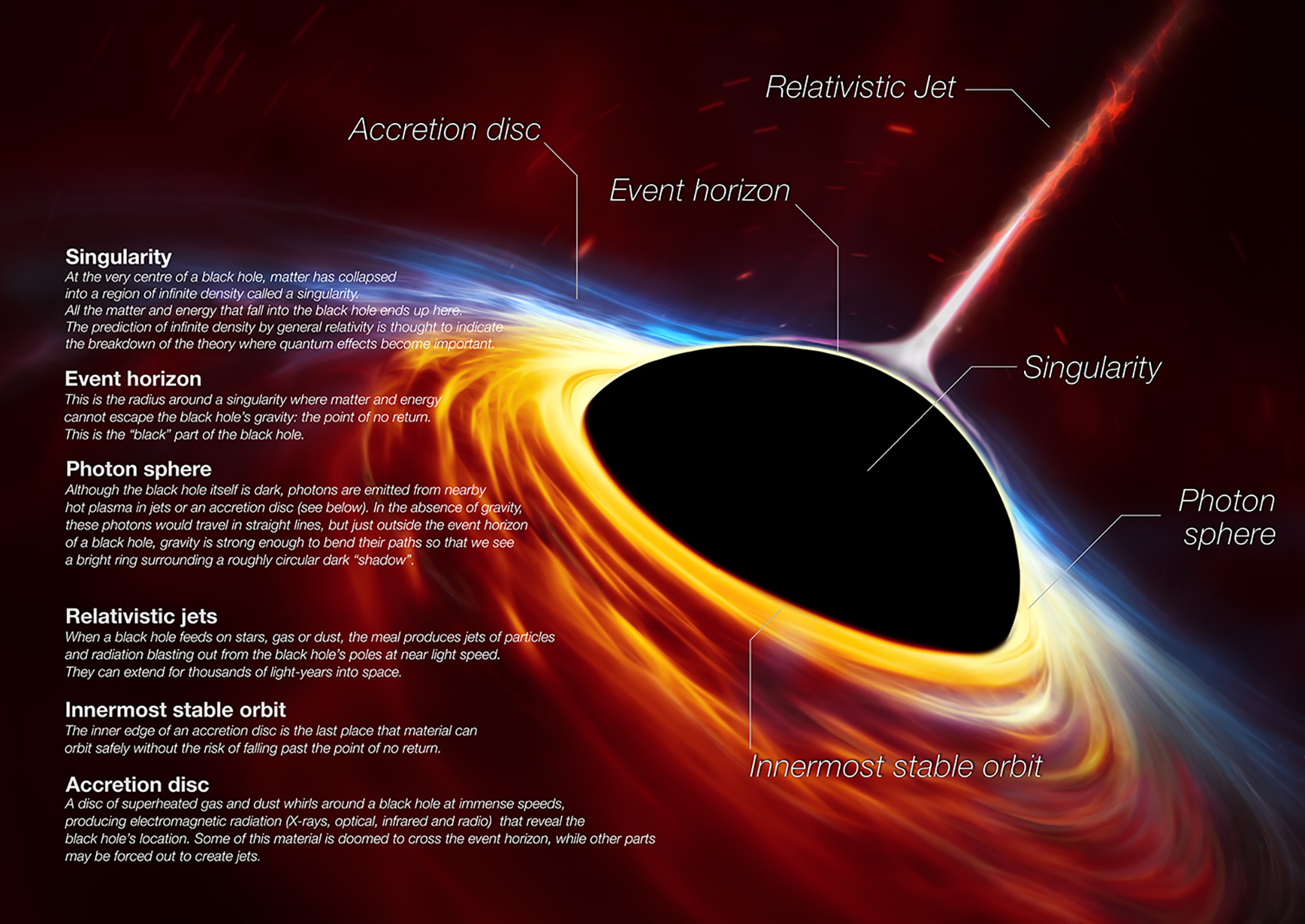The Journey of Sunlight: Tracing the Origins of Our Lifesource
Imagine standing on a quiet hill, watching the sky explode into a breathtaking display of colors as the sun rises above the horizon. It’s a sensation many of us experience regularly—vibrant hues of orange, pink, and red dancing across the sky. Yet, this mesmerizing sunlight has traveled an extraordinary journey before illuminating our world, and it’s a story that begins long before it reaches our eyes. From the intense core of the Sun to the vast void of space, the photons we see were born from a nuclear engine that’s been churning out energy for 4.5 billion years. Understanding the history and mechanics behind the sun’s light allows us to appreciate this daily spectacle in an entirely new way.
From Dust to Star: The Birth of the Sun
To grasp the complexity of sunlight, we must revisit the formation of our solar system, over 4.6 billion years ago, in a quiet region of the Milky Way. Back then, the area was dominated by a massive cloud of gas and dust called a giant molecular cloud. These clouds contain the remnants of previous generations of stars—debris thrown into space following supernovae that scattered key elements like hydrogen, helium, carbon, and nitrogen across the universe.
While these clouds drifted silently, something extraordinary triggered star formation: the shockwave from a nearby supernova. This event compressed parts of the cloud, leading to the formation of dense regions that collapsed under their own gravity. Scientists speculate that this is how our Sun began to form, within a dense, spinning region of the cloud called the protosolar nebula.
The Formation of a Protostar
The gravitational collapse of a cloud this size didn’t produce just a single object. Instead, the collapse fragmented the molecular cloud into numerous star-forming regions, leading to what we now call protostellar cores. These embryonic stars, still lacking the heat and pressure required to ignite nuclear fusion, represented the earliest recognizable stages of star formation.
As the core continued to condense, it grew denser and hotter, paving the way for the eventual birth of the Sun as a true star. During this time, a disc of dust and gas began to swirl around the protostar, a crucial development responsible for forming the planets and moons of our solar system.
Nuclear Fusion: The Sun Ignites
After millions of years of contraction, the core’s internal temperature reached a critical point, around 10 million degrees Celsius. At this temperature, hydrogen atoms fused together through nuclear fusion, forming helium and releasing immense amounts of energy in the process. With this burst of fusion, the Sun was finally born as a main-sequence star, a phase it has been living in for billions of years.
Hydrogen fusion is the force providing the energy that powers the Sun. It is also the process that balances the Sun’s inward gravitational force with an outward pressure, keeping the star stable. Eugene Parker, in his landmark paper on stellar physics, said, “The Sun’s energy is a primordial force in the seemingly fragile balance between cosmic immensity and local scale. From protostar to red giant, nuclear fusion marks the key junctions of this life cycle.”
<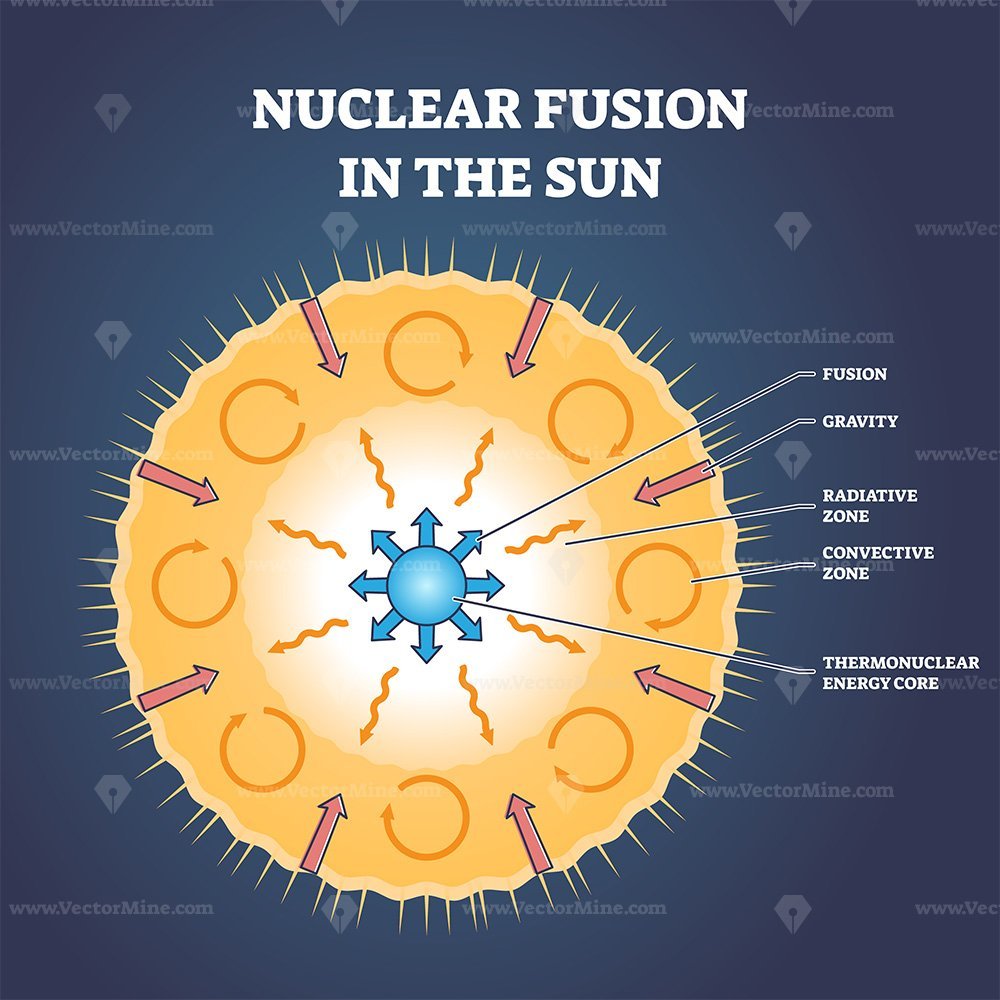 >
>
The Vital Role of Quantum Mechanics
Nuclear fusion in stars like the Sun wouldn’t make sense without quantum mechanics. Despite high temperatures, the Sun’s core doesn’t have enough energy to allow protons—which usually repel each other due to their positive charges—to fuse on their own. Here’s where quantum tunneling enters the picture. This extraordinary phenomenon allows particles to bypass energy barriers they otherwise couldn’t cross, enabling the Sun’s fusion process to proceed.
This subtle yet profound quantum behavior is a key reason why the Sun has been able to burn steadily for billions of years, converting around four million tons of mass into energy every second—a staggering amount, yet one just right to sustain life on Earth.
<
>
Inside the Sun: The Journey of a Photon
Energy produced in the core of the Sun doesn’t simply flow outward quickly and freely. In fact, it takes a photon thousands, even hundreds of thousands of years, to exit the Sun’s dense layers before it finally emerges as the soft, glowing light we’ve come to know. From the core, the photon begins a path that resembles a random walk, constantly absorbed and re-emitted as it moves through a variety of solar layers, including the radiative zone and the convective zone.
These convoluted phases serve to redistribute and transform the energy. A photon that started as a high-energy gamma ray at the Sun’s core gradually weakens as it propagates through the layers and cools until it becomes the visible light we see. This process underscores just how complex the Sun’s internal structure is compared to its shining outer appearance.
Solar Layers Overview
| Solar Layer | Key Characteristics | Energy Transport Present |
|---|---|---|
| Core | The Sun’s powerhouse; site of nuclear fusion. | Radiation |
| Radiative Zone | Photons are constantly absorbed and re-emitted, slowing their journey. | Radiation |
| Convective Zone | Plasma moves in giant convective cells, cycling material between the hot core and cooler outer regions. | Convection |
| Photosphere | The visible surface where light is finally released into space. | Radiation |
<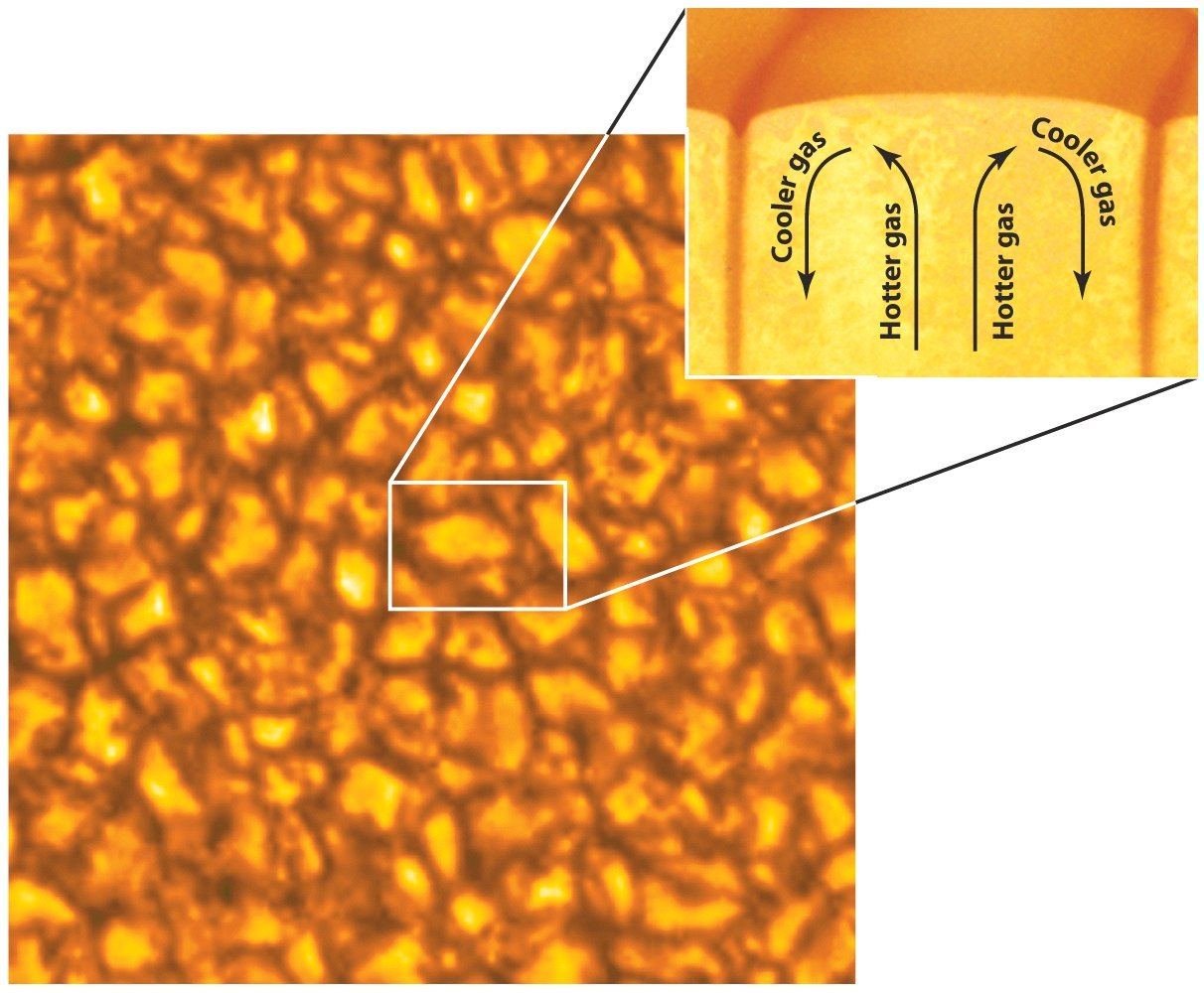 >
>
The Future of Our Sun
Like all stars, the Sun is destined for change. Thousands of years from now, after depleting its hydrogen fuel, the Sun will transition into a red giant, expanding to engulf Mercury, Venus, and possibly Earth. But that’s a long way off—some estimate about five billion years in the future. After that phase, it will gradually fade and become a white dwarf, cooling down over millions of years. This cosmic evolution, while many millennia away, will shape the next chapter of our solar system’s story.
Conclusion: Appreciating the Sun’s Journey
As we stand on a quiet hill, gazing out at a sunrise, it’s easy to forget the intricate, multi-million-year journey those photons underwent just to bring us light and warmth. From their birth in a collapsing cloud of gas to their chaotic journey through the Sun’s layers, the light ultimately streaming across our planet carries within it the secrets of the universe. The next time you witness a sunrise, remember the complexities behind that startling show of colors—a continuous process that began over 4.6 billion years ago.
< >
>
The Sun’s story, majestic and complicated, is a reminder that behind the ordinary sights of our everyday lives, remarkable cosmic events are continuously shaping our existence.
Focus Keyphrase: The journey of sunlight
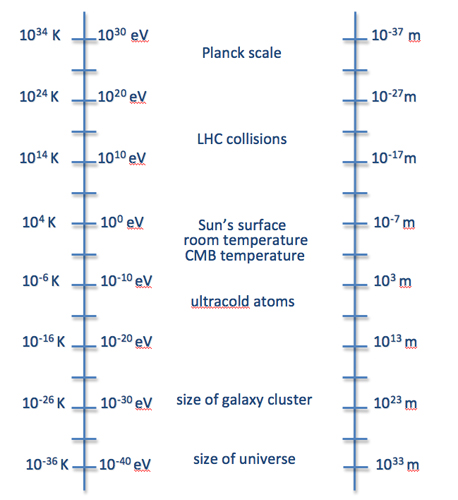 >
> 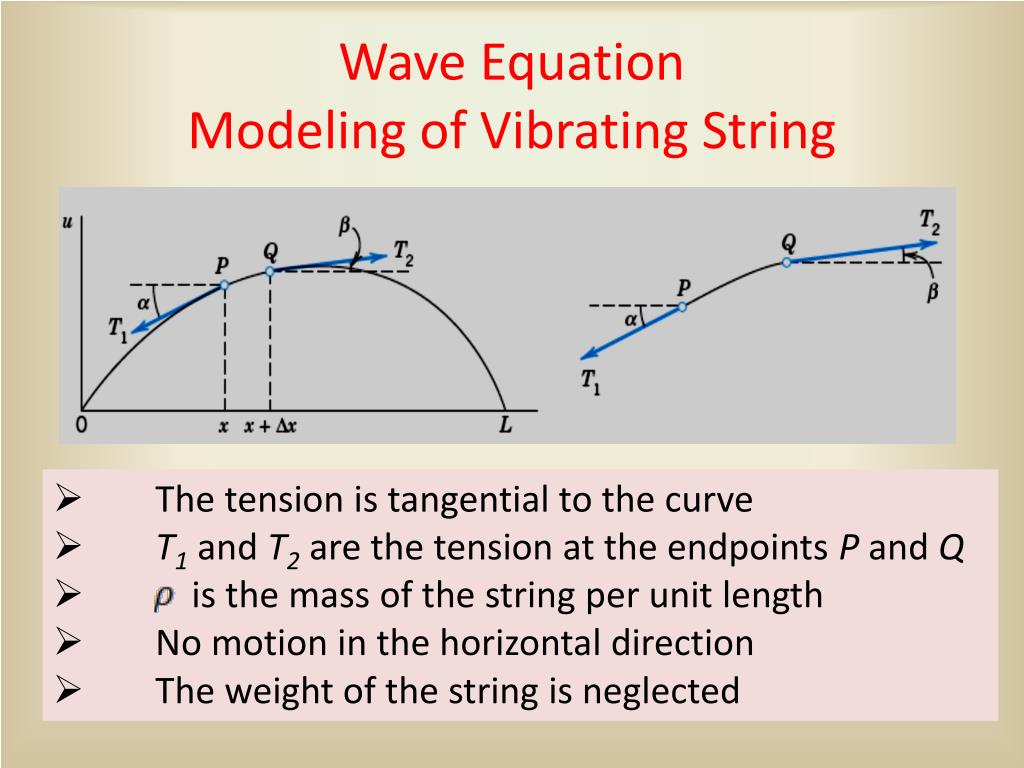 >
>  >
> 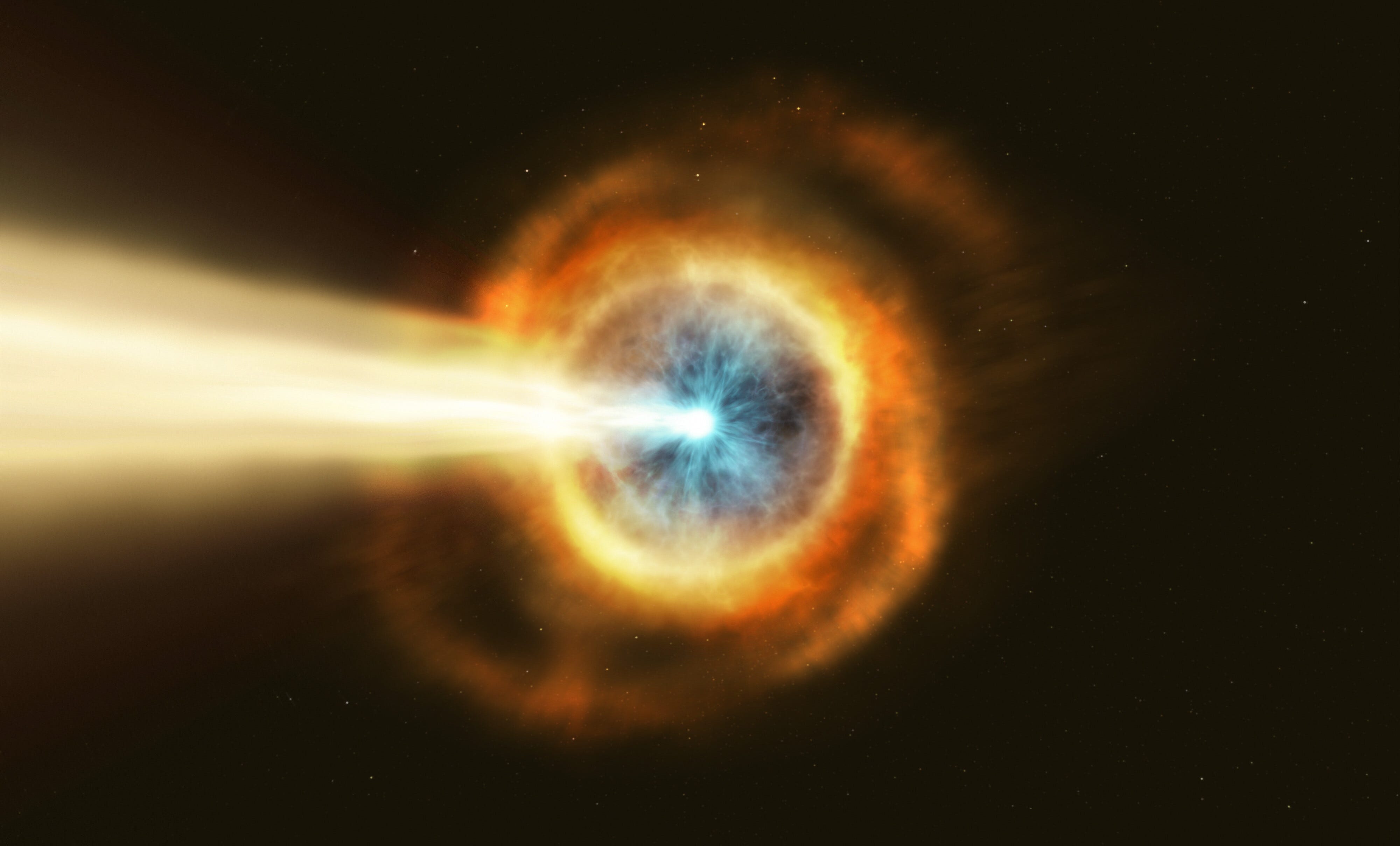 >
>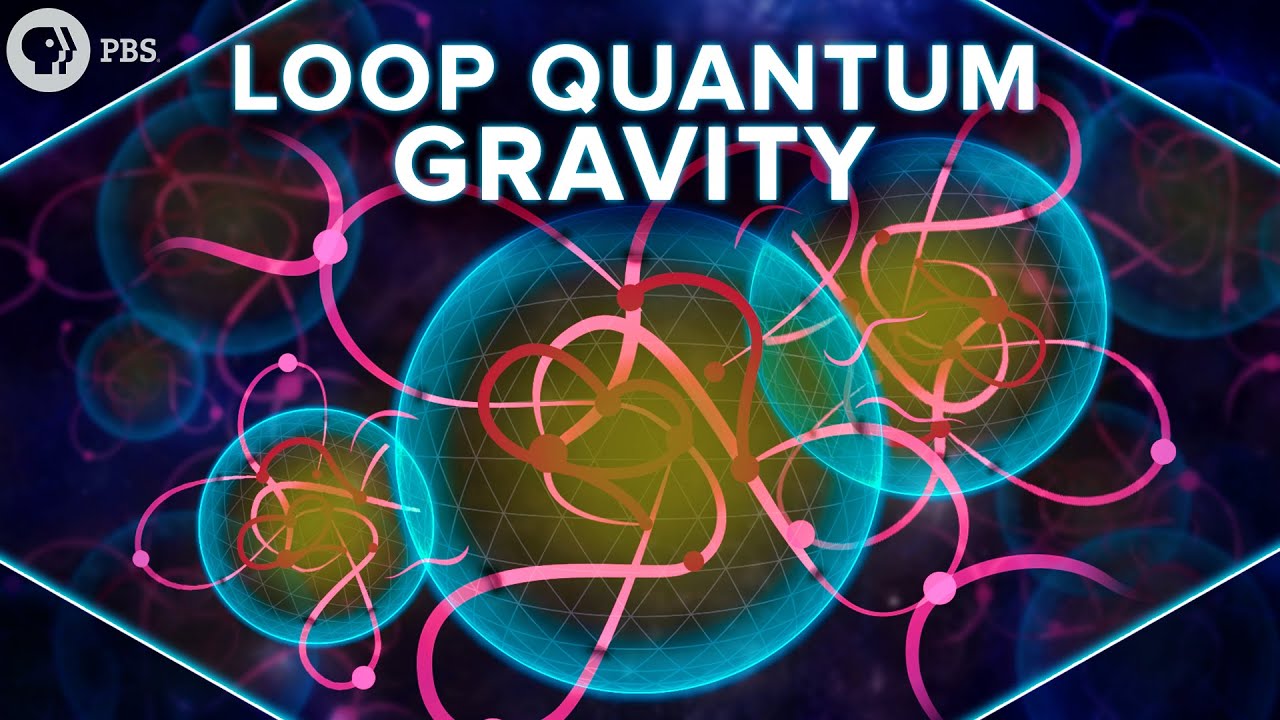 >
>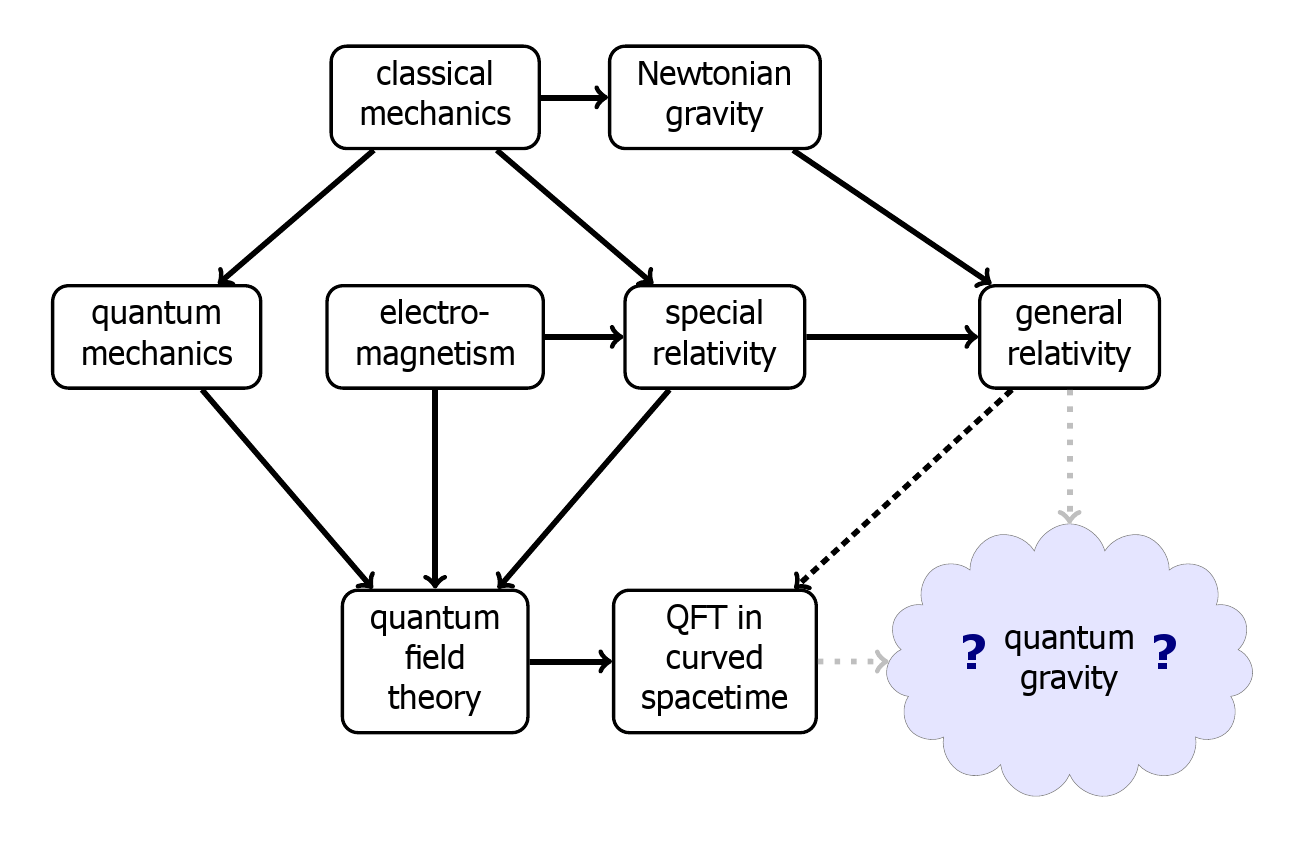 >
>